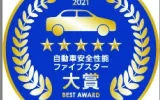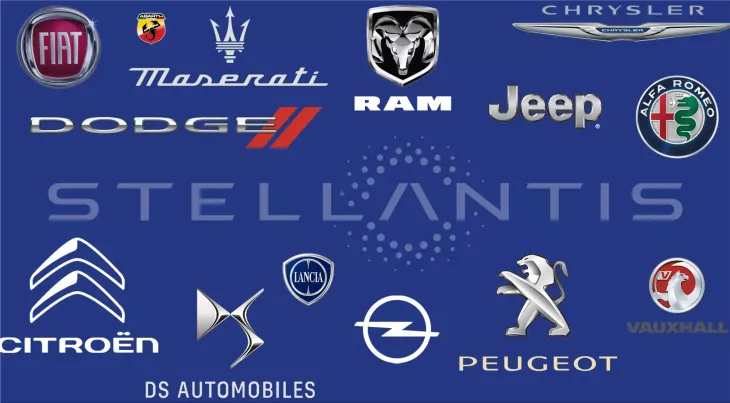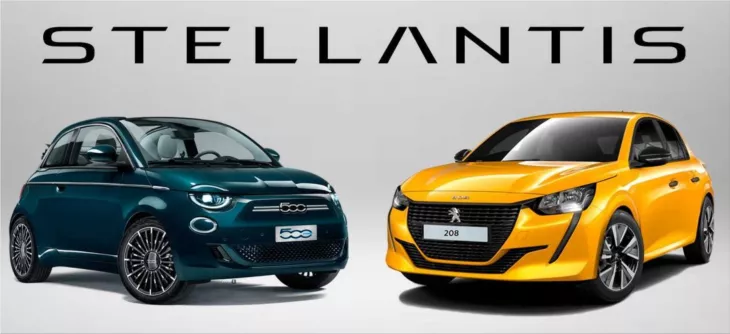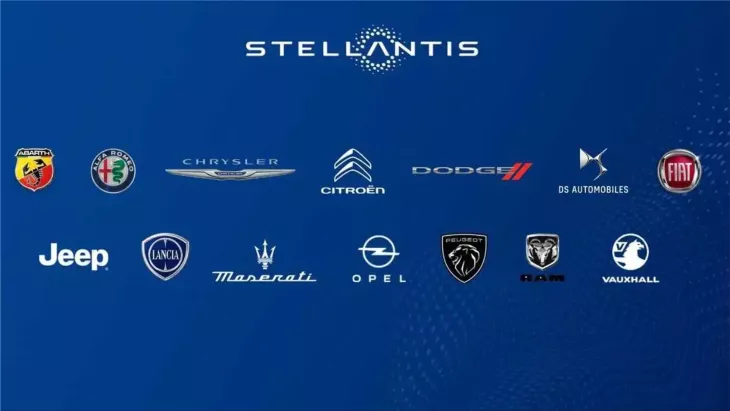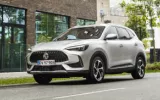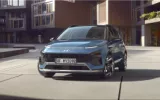Stellantis is moving quickly to implement its Dare Forward 2030 strategy plan. Its goal is to be the world's most customer-satisfied provider of goods and services.
Regulatory and policy shifts in the environment impact the industry's distribution model, pushing many distinct brands toward electrification. During Stellantis EV Day in July 2021, the company made public its intention to have BEVs account for 100 percent of passenger vehicle sales in Europe by 2030. The company plans to release only BEVs for the luxury and premium markets in 2025 and expand the offer to include the complete spectrum. In Europe, the introduction of non-BEVs will end in 2026.
Stellantis wants to be at the front of this change so that its network has time to change before new competitors overtake it.
According to Uwe Hochgeschurtz, Stellantis' Chief Operating Officer for Wider Europe, "Stellantis' objective is to create a sustainable distribution model, and all stakeholders will profit from these improvements, which will be centered on the customer experience." Customers will appreciate the increased variety of services offered through many brands and distribution channels. A new and effective business model will be made available to dealers to better utilize Stellantis' portfolio of 14 brands, develop synergies, optimize distribution costs, and provide their customers with more environmentally friendly mobility options. The role that our partners play in promoting our brands is crucial.
In light of the recently enacted Block Exemption Regulation, Stellantis and its business partners have formed a mutually beneficial partnership to assist in developing the future model (BER). Beginning in July of 2023, the countries of Austria, Belux (Belgium and Luxembourg), and the Netherlands will spearhead the transformation process. The new distribution plan will be rolled out to the rest of Europe over time.
Despite a rise in Stellantis's costs and a decrease in our resellers' risk exposure, the economic simulation shows that our network is at least as profitable as the projected model.
Because of this shift, Stellantis organizations across the country have been integrated into the transformation flow and reorganized to be more adaptable to the new customer journey. This has resulted in an ecosystem that is more robust and sustainable, one that can keep up with the changing needs of the automotive industry.

